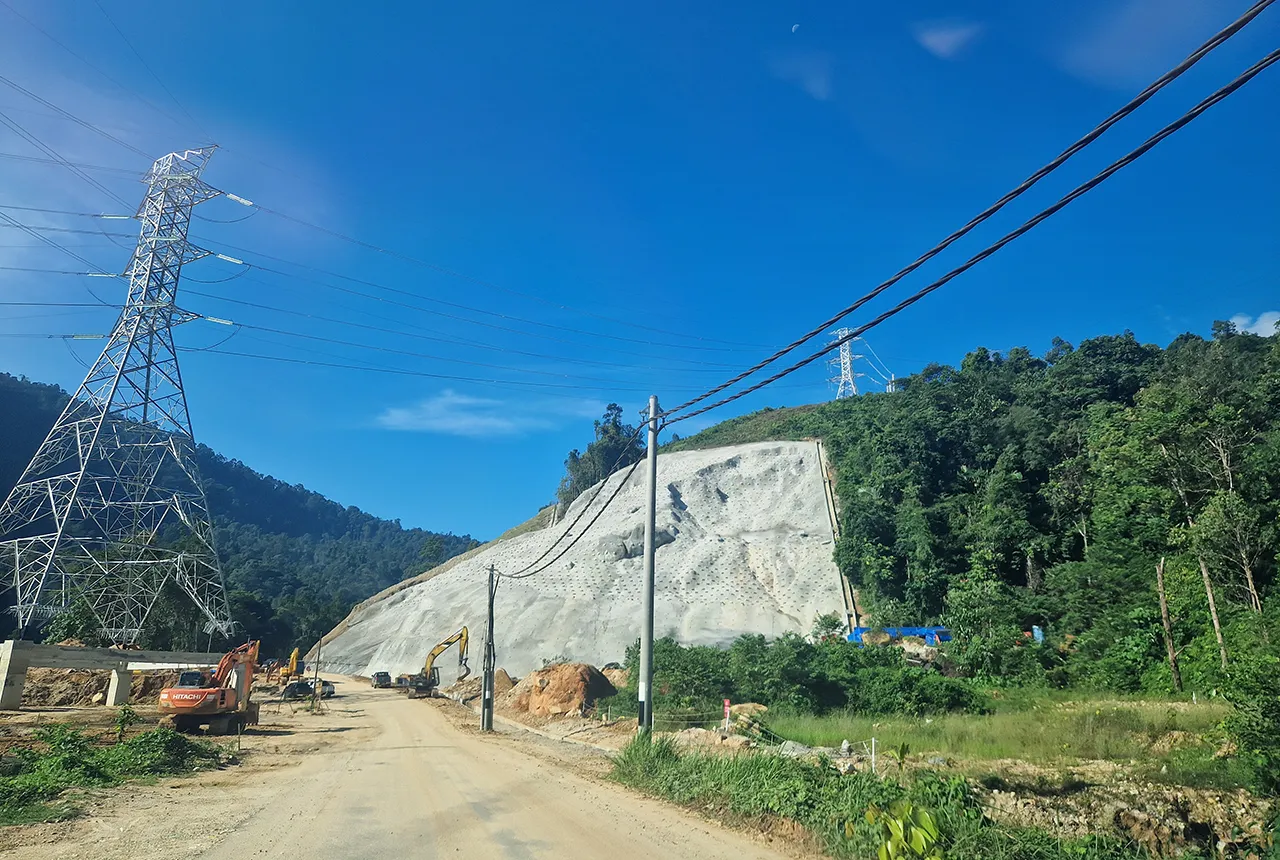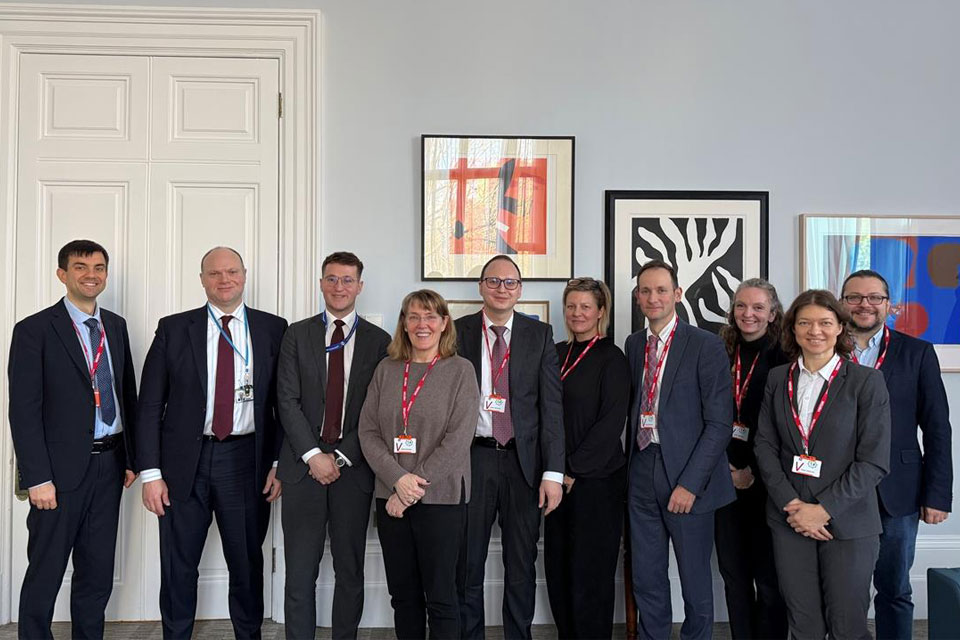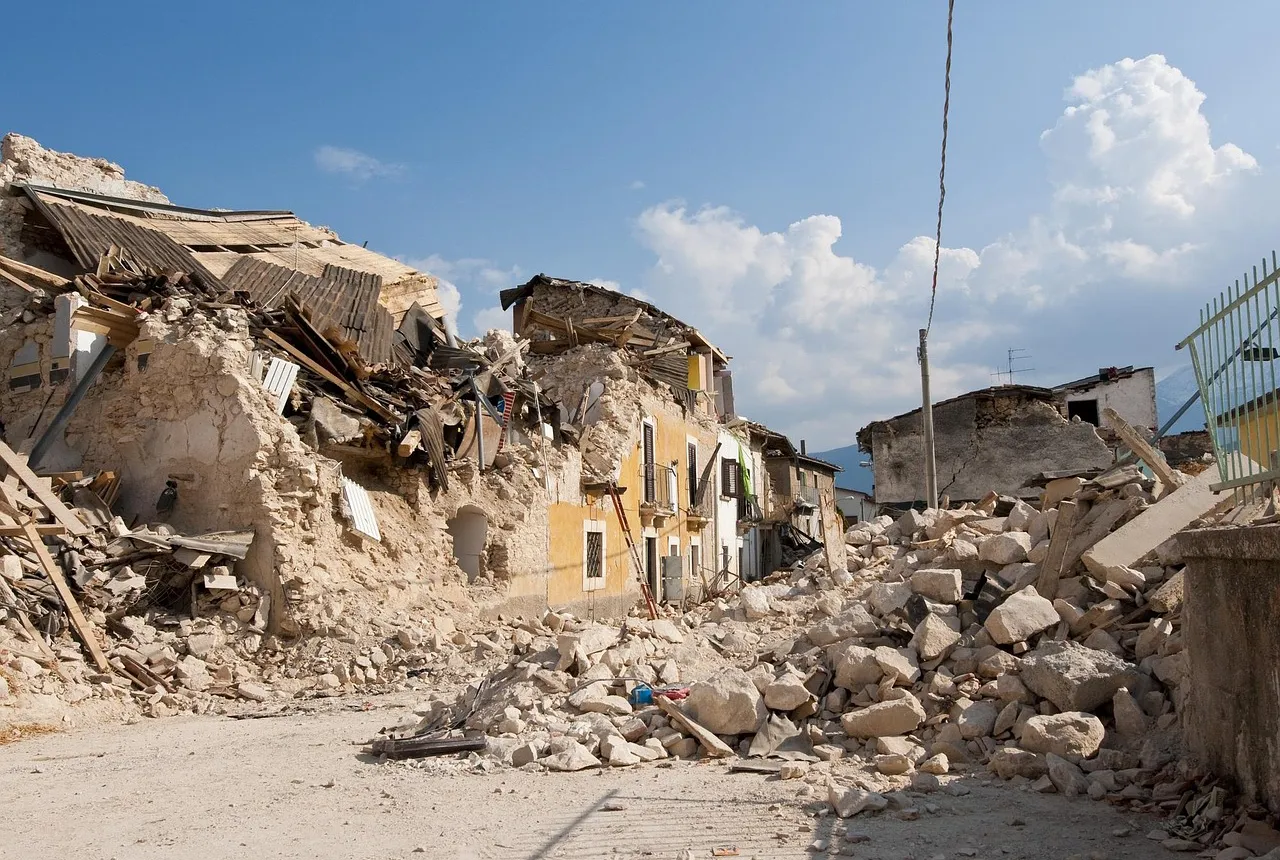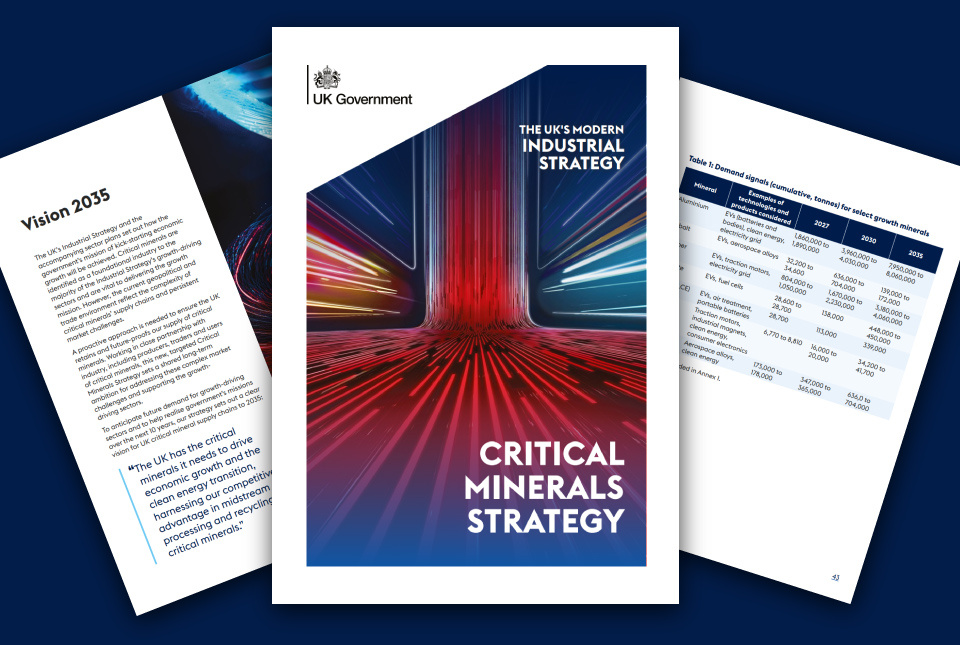New research highlights significant earthquake potential in Indonesia’s capital city
Research reveals that a fault cutting through the subsurface of Jakarta could generate a damaging earthquake of high magnitude.
04/11/2025 By BGS Press
The Jakarta Fault runs beneath the southern part of the capital city of Indonesia, Jakarta. Jakarta is one of the largest cities in the world, with a population exceeding 30 million in the metropolitan area. New research by BGS and Indonesian colleagues shows that this fault could generate a magnitude 6.5 earthquake, which would expose a large number of people as well as significantly important economic infrastructure to strong ground shaking.
Between 2019 and 2023, Indonesian scientists from the Institut Teknologi Bandung (ITB), National Research and Innovation Agency (BRIN) and the Geospatial Information Agency (BIG) collected ground movement data across the Jakarta Fault from a dense network of global navigation satellite systems (GNSS). These measurements revealed slow, millimetre-scale changes in ground movement occurring across the fault, which indicated energy accumulating that will need to be released, potentially in a future earthquake.
Geophysical modelling shows that ground movement is accruing on the fault at 3.2 mm per year, with the fault locked or ‘stuck’ down to at least 7.2 km. This accumulation has been happening for at least 210 years, which means that releasing it all now would result in a magnitude 6.5 earthquake.
While magnitude 6.5 earthquakes are not uncommon in Indonesia, they mostly occur under the ocean. The danger here is that the earthquake could occur in the middle of a densely built-up area like Jakarta, which means a much higher level of risk to life and infrastructure.
Dr Ekbal Hussain, remote sensing geoscientist at BGS and research co-leader.
The Jakarta Fault is a relatively newly recognised major tectonic fault on the Indonesian island of Java. It is a part of a broader fault system that cuts across most of Java, which, with a population of 157 million people, is the most densely populated island on Earth. Geophysical surveys conducted by BGS in the 1970s and 1980s, in collaboration with the Indonesian Geological Research and Development Center, helped identify this major tectonic structure for the first time, but its earthquake potential has remained unclear until now.

The ground movements across the Jakarta Fault were modelled to estimate the energy storage rate (slip rate) on the fault. Source: Gunawan et al., 2025.
This research forms part of strategic UK/Indonesia research partnerships on geological hazard solutions, as outlined in a recently published White Paper, UK/Indonesia partnerships for advancing geohazard science for disaster risk assessment in Indonesia. The paper, co-developed by key Indonesian and UK hazard experts, presents a strategic roadmap to significantly reducing the impacts of geological hazards in the country. Importantly, it highlights the strength of UK and Indonesian science partnerships for delivering the best disaster resilience science.
More information
Access the full paper: GNSS constraints on the Jakarta Fault, Indonesia: resolving slip rate and seismic hazard potential
Funding
This is work is funded by the UKRI National Capability Geoscience to tackle global environmental challenges programme. The BGS and Indonesian researchers involved in this study are continuing their engagement with local government to address the hazard challenges raised in this work.
Related news

BGS awarded funding to support Malaysia’s climate resilience plan
17/12/2025
The project, funded by the Foreign, Commonwealth & Development Office, will focus on minimising economic and social impacts from rainfall-induced landslides.

New geological maps of the Yorkshire Wolds to better inform groundwater management and policy decisions
17/12/2025
The new mapping provides crucial data on localised geological issues that may assist in protecting water supplies.

‘Three norths’ set to leave England and not return for hundreds of years
12/12/2025
The historic alignment of true, magnetic, and grid north is set to leave England, three years after they combined in the country for the first time since records began.

BGS agrees to establish collaboration framework with Ukrainian government
11/12/2025
The partnership will focus on joint research and data exchange opportunities with Ukrainian colleagues.

Making research matter: BGS joins leading research organisations in new national initiative
10/12/2025
A new alliance of 35 organisations has been formed that is dedicated to advancing science for the benefit of people, communities, the economy and national priorities.

New 3D model to help mitigate groundwater flooding
08/12/2025
BGS has released a 3D geological model of Gateshead to enhance understanding of groundwater and improve the response to flooding.

Scientists gain access to ‘once in a lifetime’ core from Great Glen Fault
01/12/2025
The geological core provides a cross-section through the UK’s largest fault zone, offering a rare insight into the formation of the Scottish Highlands.

New research shows artificial intelligence earthquake tools forecast aftershock risk in seconds
25/11/2025
Researchers from BGS and the universities of Edinburgh and Padua created the forecasting tools, which were trained on real earthquakes around the world.

BGS welcomes publication of the UK Critical Minerals Strategy
23/11/2025
A clear strategic vision for the UK is crucial to secure the country’s long-term critical mineral supply chains and drive forward the Government’s economic growth agenda.

New funding awarded for UK geological storage research
21/11/2025
A project that aims to investigate the UK’s subsurface resource to support net zero has been awarded funding and is due to begin its research.

UK braced for what could be the largest solar storm in over two decades
12/11/2025
Intense geomagnetic activity could disrupt technology such as communication systems, global positioning systems and satellite orbits.

First distributed acoustic sensing survey completed at UK Geoenergy Observatory
12/11/2025
New research at the Cheshire Observatory has shown the potential for mapping thermal changes in the subsurface using sound waves.




